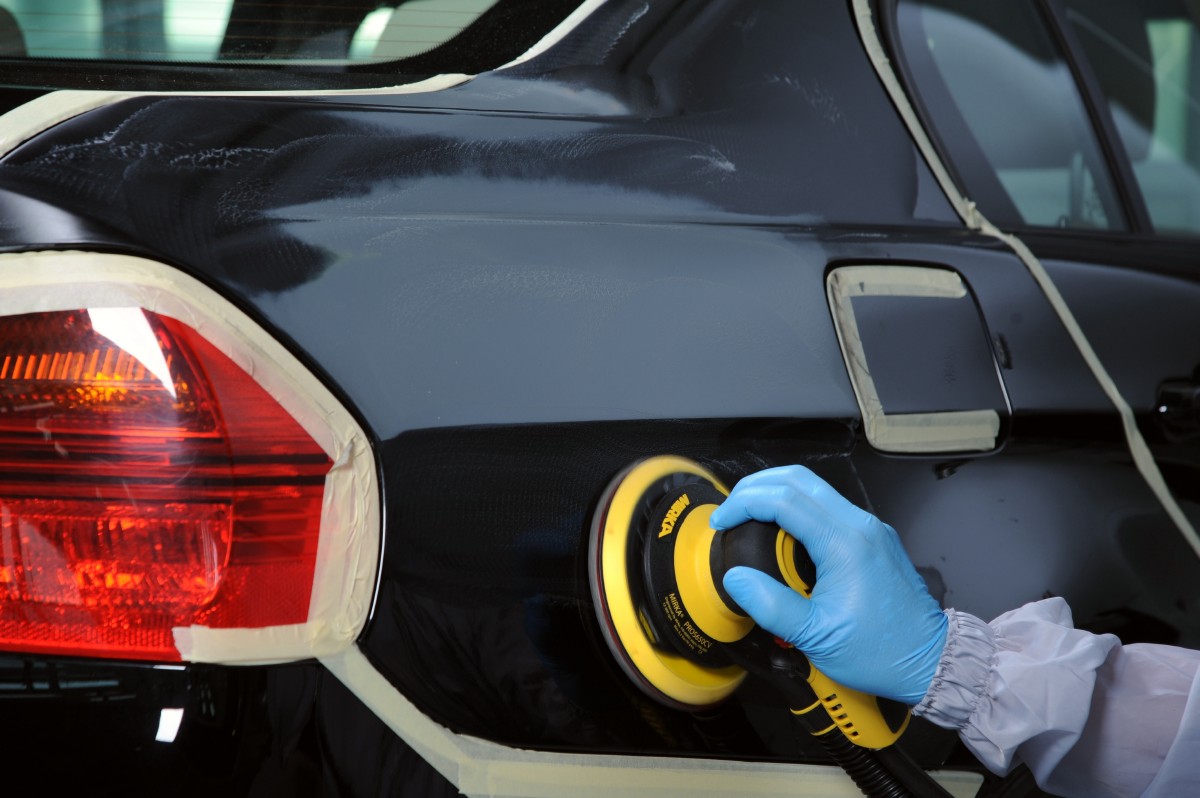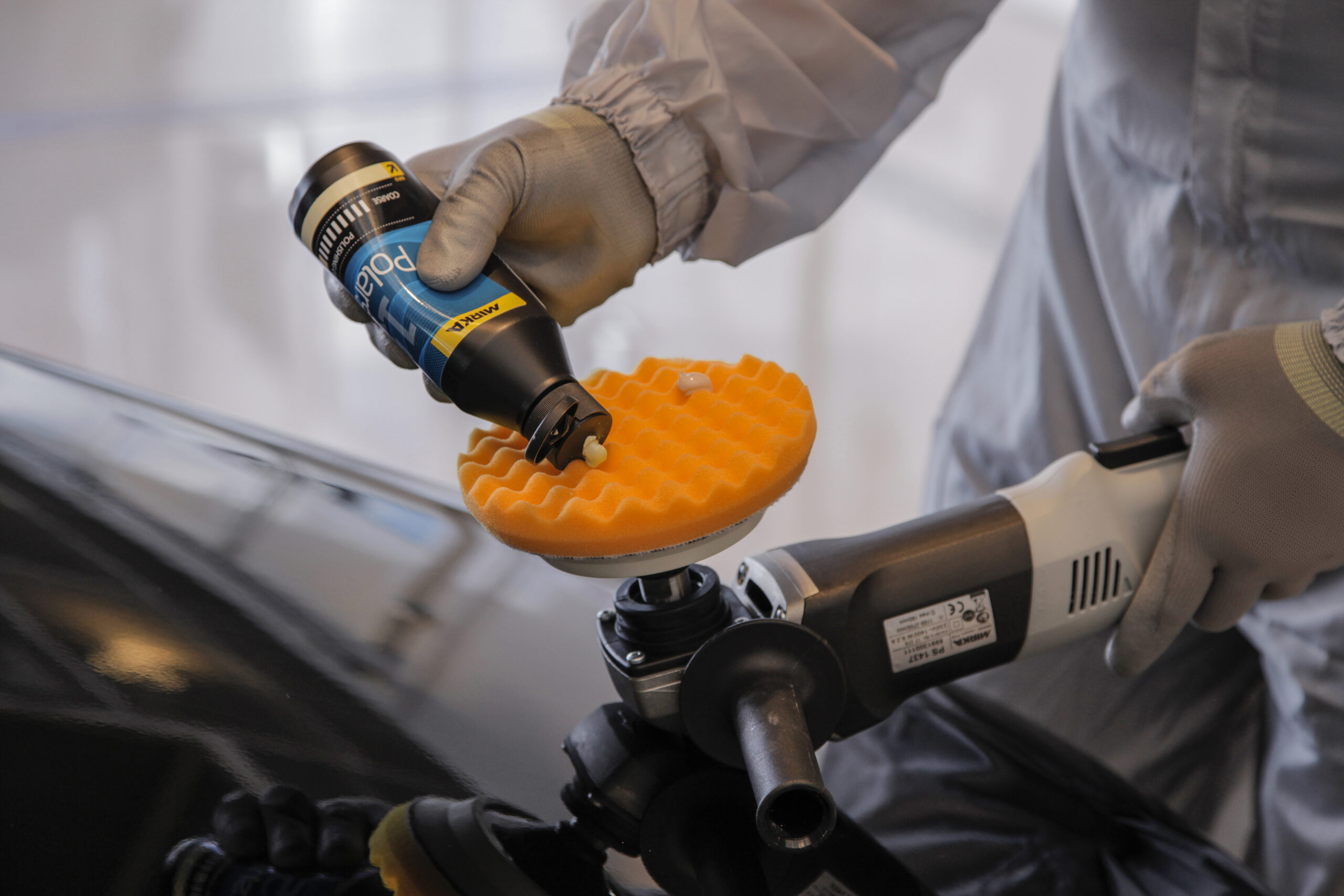SOP - Clearcoat Finishing (Mar Resistant Repair)
• This identified process is for harder clearcoats such as EC530, G2-7779, HC-7776, DC2000
• Remove dirt nibs, runs or sags in clear coats
• Match original paint surface texture
Mirka Abrasives recommends the Unique or Best product for these applications. To customize your SOP, click the color coded box to choose the Good/Better/Best/Unique product for each step.

Microstar® P2000
FM-611-2000
MRP-650CV Sander (6", 5mm orbit)
916SGV48 Backup Pad
1066F Interface Pad
Sand with 2000 grit (dry) using moderate speed. The clear should “powder” when sanding. If you cannot produce dust, then it is not dry enough to sand.
Sanding too early risks producing “pills” which will damage the surface.
Microstar® was designed to remove runs, dust nibs, excess orange peel or other surface defects in painted surfaces or gelcoat prior to polishing.

Abralon® 4000
8A-241-4000
MR-650CV Sander (6", 5mm orbit)
916SGV48 Backup Pad
Refine sand scratches using 4000 grit Abralon® with a 50% overlap pattern (wet).
Spray the pad and surface with clean water. If too much is used, it will be evident by water “slinging” from the pad, and the abrasive will float over the surface with reduced cutting action.
To prevent water from entering tool, do not use vacuum system when wet sanding.

Polarshine® 10
PC10-1L
MPADOF-8 Orange Foam Pad
(7" Rotary Buffer)
Buff using PC10 compound in conjunction with a orange foam pad (MPADOF-8).
Use a slow speed (1,500 rpm) to prevent “burning” the finish.
Keep the pad clean from compound build-up.

Polarshine® 10
PC10-1L
MPADBF-8 Black Foam Pad
(7" Rotary Buffer)
Polish using PC10 with a black foam pad (MPADBF-8).
Use a slow speed (1,500 rpm) to prevent “burning” the finish.
